[production area Tour] Brazil-- it's not just its high output that affects the world.
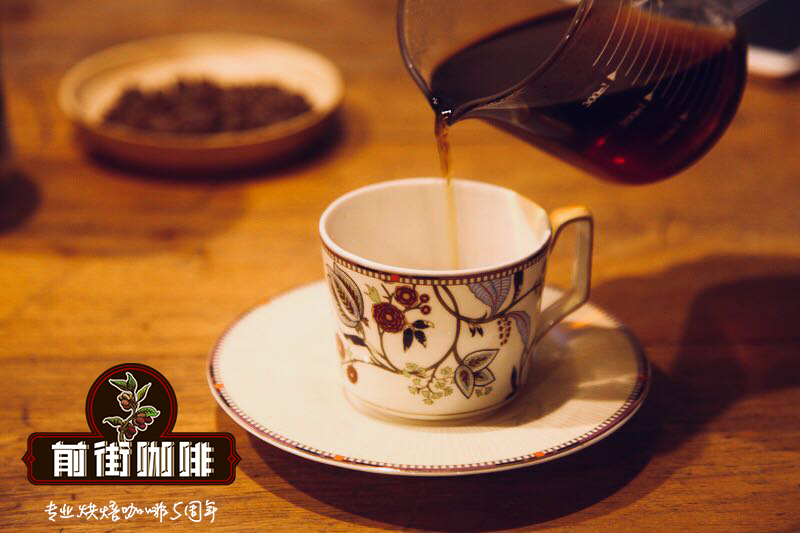
Professional coffee knowledge exchange More coffee bean information Please pay attention to coffee workshop (Weixin Official Accounts cafe_style)
Central and South America is the world's largest coffee-producing area. The amount of production here obviously affects the price of green coffee beans in the world. Among them, Brazilian coffee is the country with the largest production in Central and South America and the largest coffee producer in the world. Brazilian coffee can account for more than 30% of the global production at most. As long as the production of Brazilian coffee increases, the global coffee price may decline sharply. It cannot be underestimated!
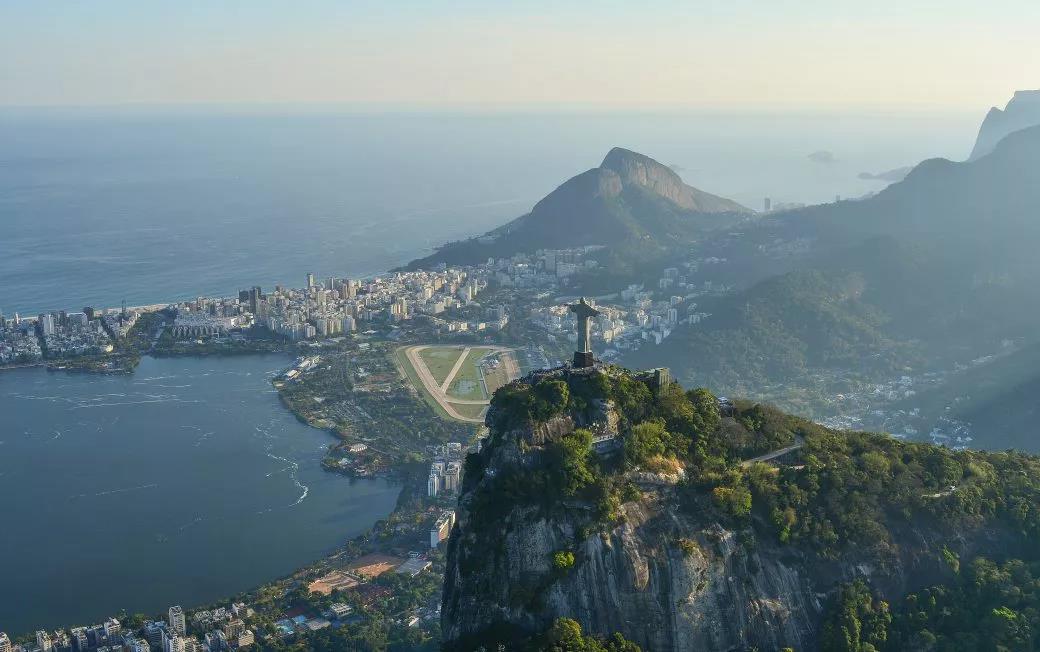
However, Brazil's coffee exports have actually stagnated due to the greenhouse effect and natural disasters, the decline of the US dollar, the reduction of farmers 'profits, the surge in oil prices, the conversion of coffee fields to corn cultivation to increase bioenergy, etc. However, the most important reason is that Brazil's domestic coffee consumption has been rising, and it is now the second largest coffee consumer, second only to the United States!
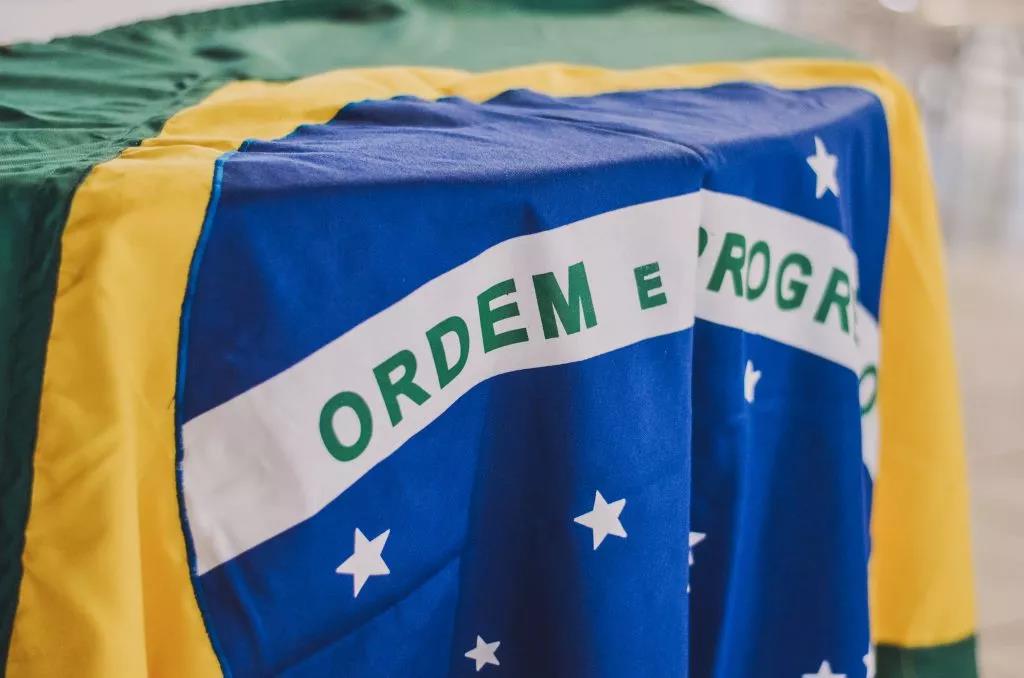
Brazilian Coffee Flavor-Soft and Sweet
Compared with other countries in Central and South America, Brazil coffee production area is obviously lower altitude, flat terrain, lack of microclimate, planting coffee trees without shade, therefore, Brazil has a unique "soft bean" flavor_low acidity, nutty flavor, chocolate sweet fragrance, sour and bitter balance, good body, usually with some wood flavor and earthy flavor, and African beans obvious flower fragrance, orange fragrance is quite different.

Brazil low acidity, balance and good body, the first contact with coffee friends can accept.
Brazilian coffee five taste categories judged by aroma
Brazilian coffee mainly soft beans unique mellow and sweet feeling, the overall mild and smooth, but also with five grades to distinguish different soft beans! Among them, in order: extremely soft, soft, slightly soft, not smooth, iodine choking taste.
These five grades distinguish the different Brazilian coffee producing regions:
Strictly Soft: Minas del Sur, Hilado, Mojiana, Bahia Diamond Plateau.
Soft: Bahia, South East of Minas, Parana, West Central of Sao Paulo, Espíritu Santo.
Softish: east and northeast of Minas.
Hardish: Parana Low Haida, Esperie Tusando.
Rioy: Espire Tusando Flat, lower southeast of Minas.
Although Brazilian coffee gives people a relatively monotonous feeling, but recently Brazil also has a lot of fine beans, among which South Minas, Xilado, Mojiana and Bahia diamond plateau have the most potential!
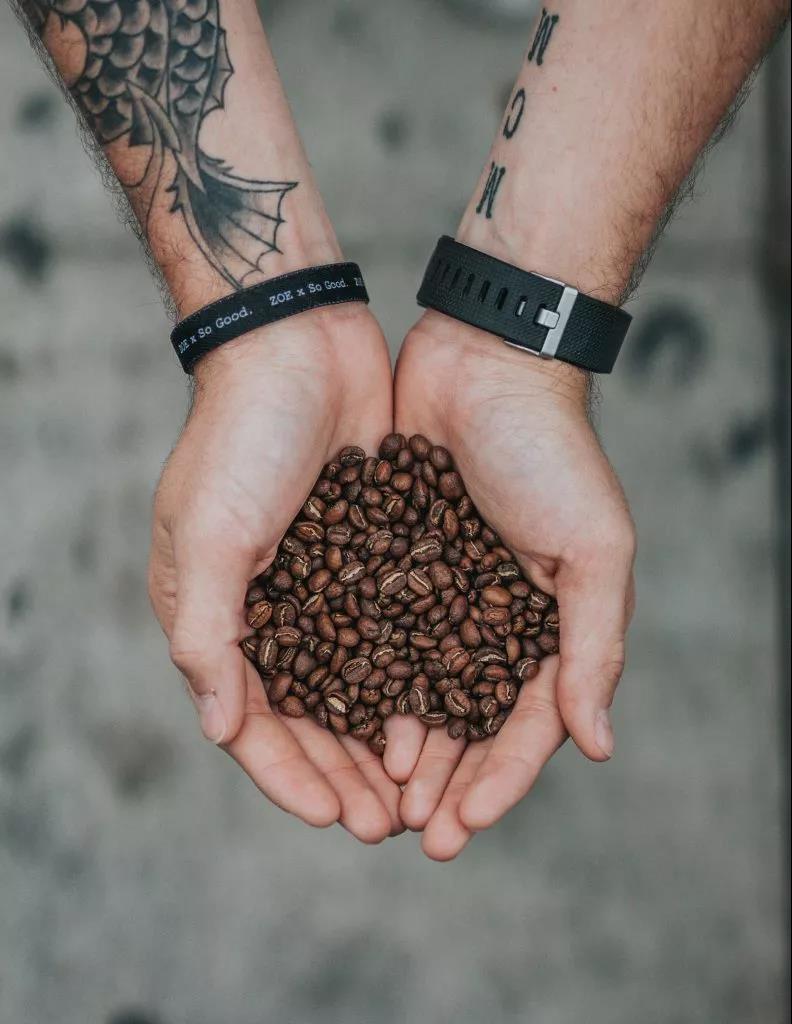
Brazilian coffee process
Brazilian coffee also has sun, semi-sun and washing treatment methods, and the judgment method is mainly based on the humidity conditions of each farm, so it presents the best flavor of each producing area, very diverse!
In order to give up the long-criticized rotten sun-dried coffee and fail to solve the water problem in the coffee washing process, Brazilians finally found another way to combine water washing with sun-drying, and pioneered the semi-sun treatment method, also known as Pulped Natural.
Semi-sun treatment reduces water consumption and reduces the impact of the epicarp on the coffee beans, making it a cost-effective coffee treatment. This semi-sun treatment produces coffee that has both the characteristics of the water treatment and the sun treatment. The acidity, sweetness, flavor, and aroma of this coffee are all quite good; the only drawback is that semi-sun coffee does not taste as strong as pure sun or water coffee.
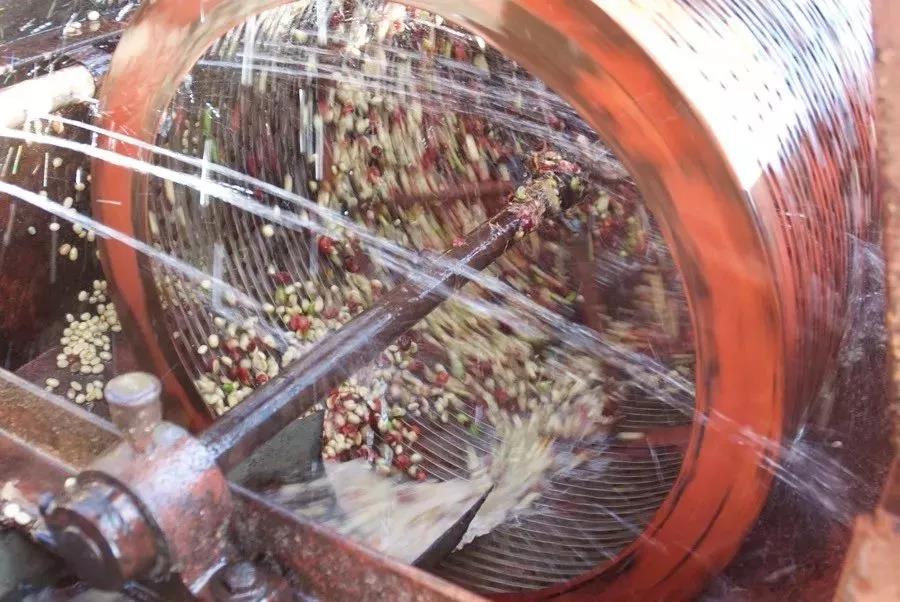
The process of semi-sun treatment method is: coffee fruit first through the sink to remove defects floating fruit, then remove the peel, pulp and part of the colloid layer, and then wash for an hour, due to the short soaking fermentation time, pectin is not easy to wash off all, bean shell still residual pectin, at this time and then sticky answer with shell beans spread in the sun field to dry, it is best to use good permeability of African elevated net bed.
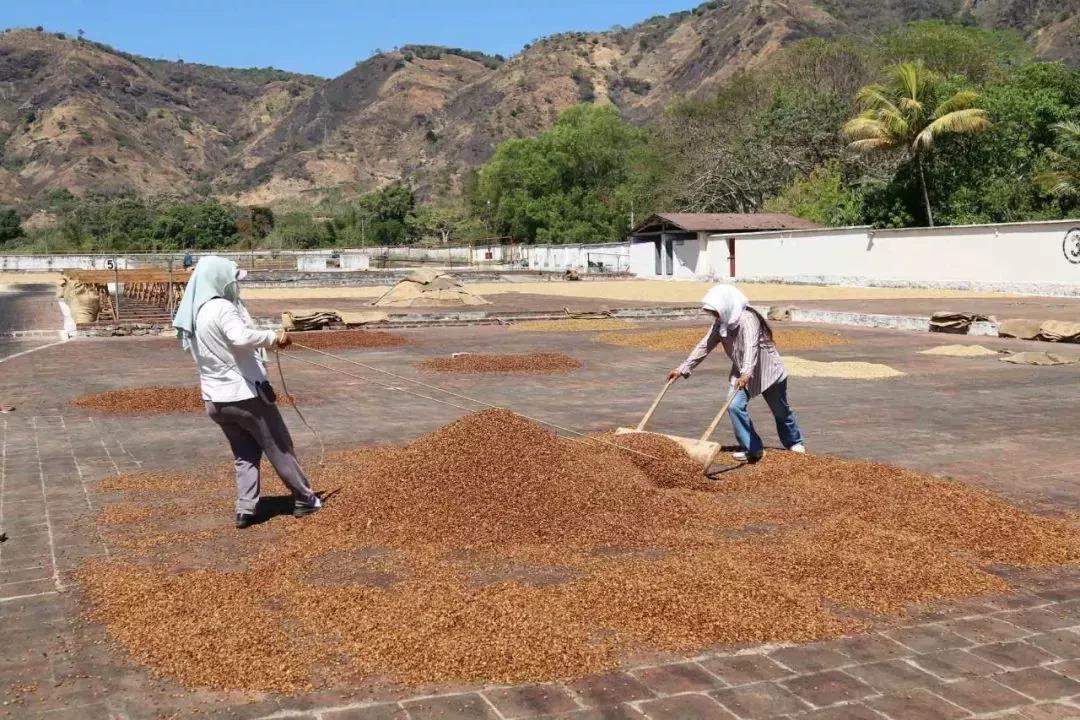
But why do most people still think Brazil is dominated by sunburn?
The main reason is that before 1990, almost all parts of Brazil adopted rough sun drying method, resulting in Brazilian coffee beans easy to have earthy and woody flavor, thus making the quality of Brazilian beans poor, damage the image.
However, after 1990, Brazil developed a semi-sun method, which not only shortened the operation time, increased the fruity and sweet taste, but also reduced the chance of coffee beans being stained with odors. The quality was improved a lot, and it was very suitable for brewing as a single coffee!
What kind of treatment method to use depends on the local humidity conditions! Plantations everywhere treat coffee beans in the way that reduces mold growth!
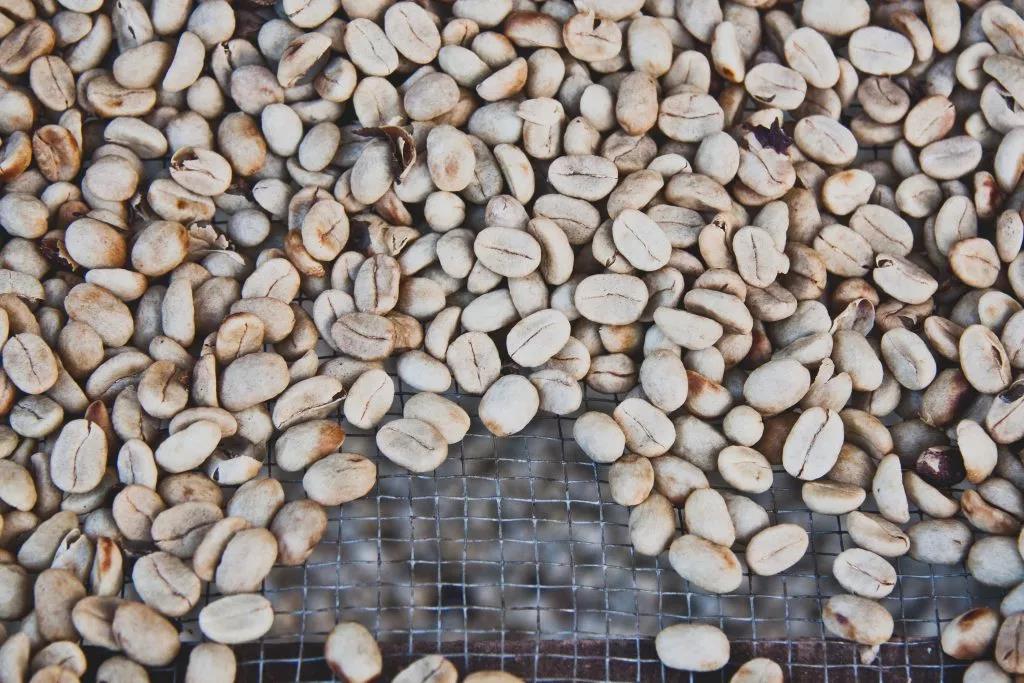
conclusion
Seeing this, I think most people have a better understanding of Brazilian coffee and have broken some established impressions of Brazilian coffee.
Important Notice :
前街咖啡 FrontStreet Coffee has moved to new addredd:
FrontStreet Coffee Address: 315,Donghua East Road,GuangZhou
Tel:020 38364473
- Prev
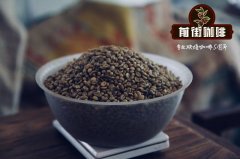
What is the taste of Blue Mountain Coffee, the types of Blue Mountain Coffee, and the flavors of Blue Mountain Coffee and regular Coffee?
For information, please follow the coffee workshop (Wechat official account cafe_style) Blue Mountain Coffee, which is made by brewing coffee beans from the Blue Mountains of Jamaica. According to the grade, it is divided into Jamaica Blue Mountain Coffee and Jamaican Alpine Coffee. The Blue Mountains are located in the east of the island of Jamaica (Jamaica), because the mountain is surrounded by the Caribbean Sea and the sun shines directly on clear days.
- Next
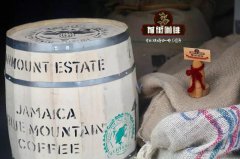
Coffee bean growing area and harvest season in Colombia, coffee bean producing area in Colombia
For information, please follow the Coffee Workshop (Wechat official account cafe_style) Colombian Coffee (Cafe de Colombia), which originated in Colombia, is one of the few individual coffees sold in the world under the name of the country. In terms of quality, it has won praise unmatched by other coffee. Compared with other producing countries, Colombia is more concerned with developing products and promoting production. It is this one.
Related
- Does Rose Summer choose Blue, Green or Red? Detailed explanation of Rose Summer Coffee plots and Classification in Panamanian Jade Manor
- What is the difference between the origin, producing area, processing plant, cooperative and manor of coffee beans?
- How fine does the espresso powder fit? how to grind the espresso?
- Sca coffee roasting degree color card coffee roasting degree 8 roasting color values what do you mean?
- The practice of lattes: how to make lattes at home
- Introduction to Indonesian Fine Coffee beans-- Java Coffee producing area of Indonesian Arabica Coffee
- How much will the flavor of light and medium roasted rose summer be expressed? What baking level is rose summer suitable for?
- Introduction to the characteristics of washing, sun-drying or wet-planing coffee commonly used in Mantenin, Indonesia
- Price characteristics of Arabica Coffee Bean Starbucks introduction to Manning Coffee Bean Taste producing area Variety Manor
- What is the authentic Yega flavor? What are the flavor characteristics of the really excellent Yejasuffi coffee beans?

